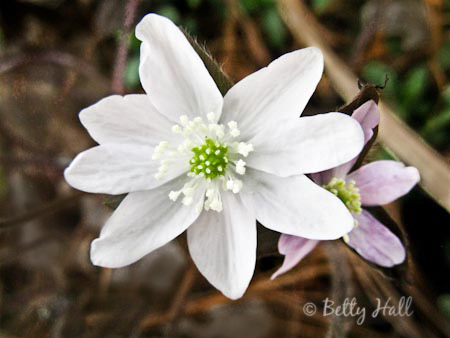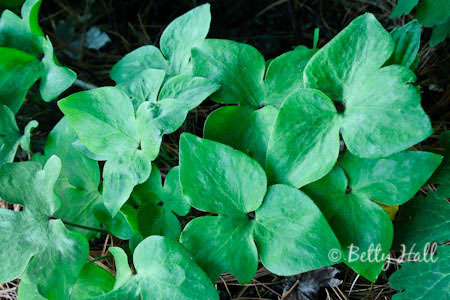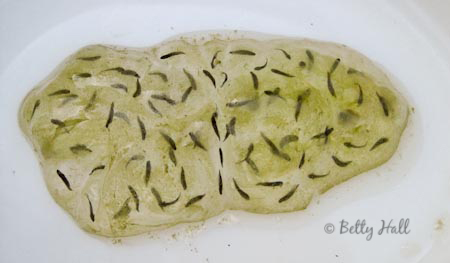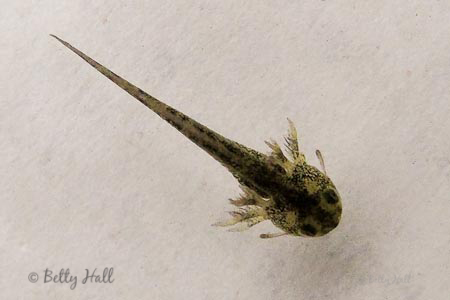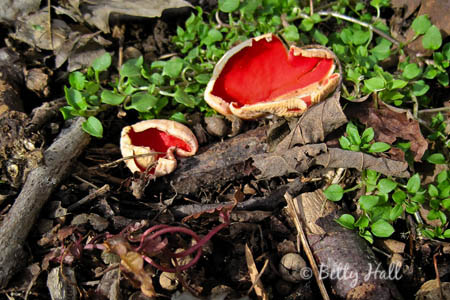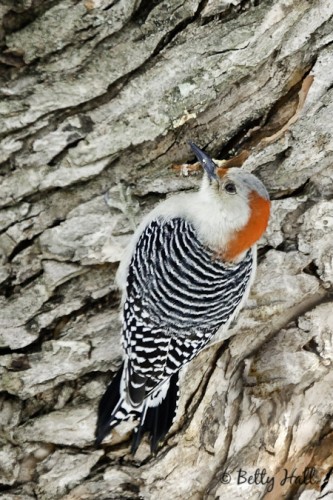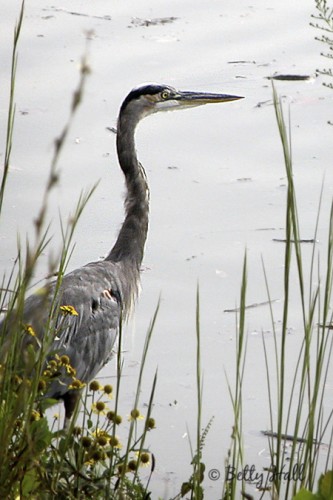Spring has arrived in our backyard. Five years ago we replanted the backyard focusing on Kentucky native plants and shrubs that would attract birds and butterflies. It’s been an enjoyable and ongoing learning experience and I’m glad to be at the start of another growing season.
I was delighted this past week to discover the very first bloom of the season, a small 3/4 inch hepatica blossom (Hepatica acutiloba). This one is growing in dry shade conditions under our large pine tree along with several other native spring wildflowers. I look forward to more blooms soon.
I also like the distinctive hepatica foliage that will appear later in the spring and be attractive all summer (photo above). The leaves often turn bronze to dark red in winter. The leaves also give the plant its name. Hepaticus means “of the liver” in Latin, and refers to the three-lobed shape of leaves.
I’ve long enjoyed native Kentucky wildflowers in the woods in early spring. Now it’s a special treat to have some of them close-at-hand.

